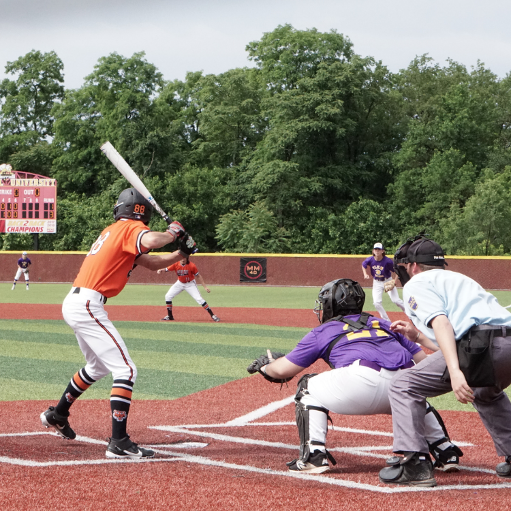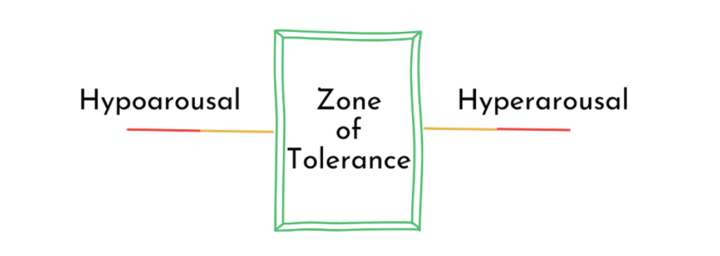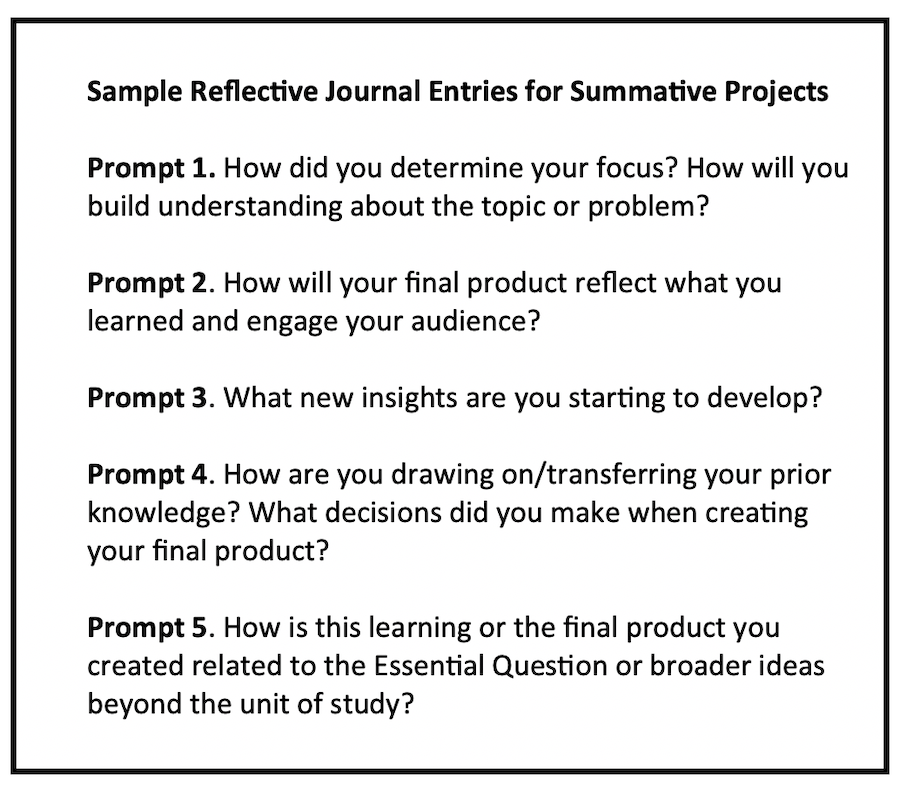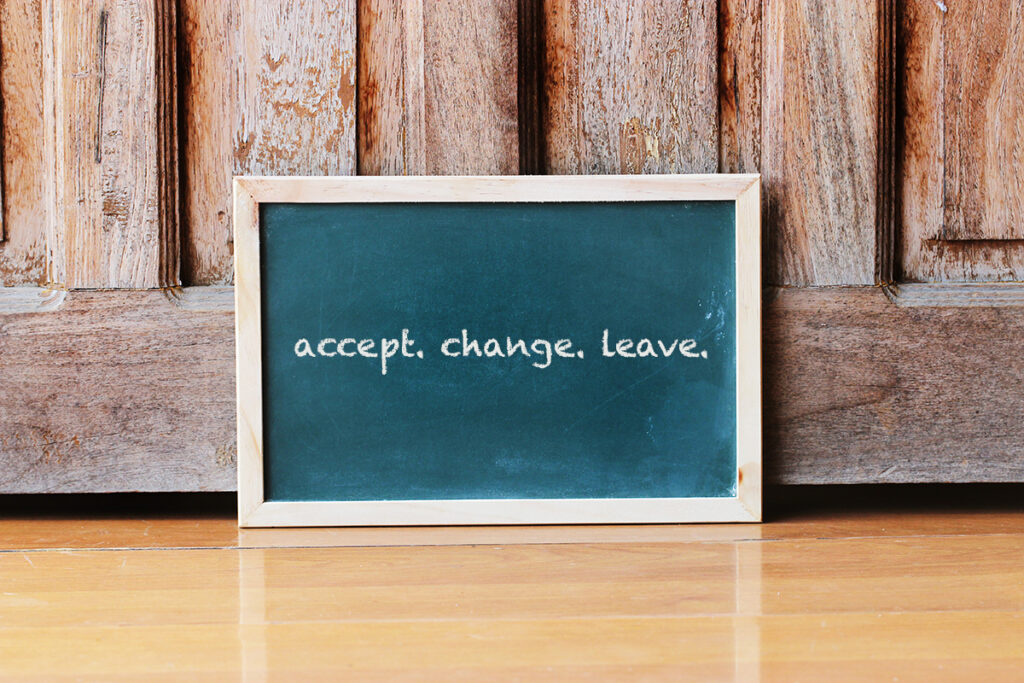Effectively managing resilience has never been more important for educators. In the second of her five-part series Resilient in the Middle, Julie Schmidt Hasson looks into how educators can expand their Zone of Tolerance.
By Julie Schmidt Hasson
My husband is a former college baseball player, a pitcher. Over our 36 years together, I’ve learned a few things about pitching. A pitcher’s most important task is to throw strikes, which means staying in the strike zone. The strike zone is the width of home plate (17 inches), and the height spans from the top of the batter’s knees to a few inches above the batter’s waist.
Because the strike zone is determined by the batter’s height and stance, it differs for each player. The home plate umpire judges whether a pitch passes through the strike zone, and each umpire may be more or less generous with the exact size of the zone. Consistently throwing pitches outside of the strike zone makes a pitcher less impactful and eventually gets that pitcher pulled out of the game.
As educators, we also have a zone in which we can make a greater impact and stay in the game. It’s called the Zone of Tolerance. Although we don’t have to deal with umpires (I won’t try to stretch this analogy that far), our zones are also not static. They shrink or expand with our levels of well-being and stress.
Just as pitchers welcome a larger strike zone, a larger zone of tolerance helps us be more successful in our classrooms and schools.

The Zone of Tolerance
Psychiatrist Dan Siegel refers to this zone as a Window of Tolerance because it represents the optimal window of psychological and emotional arousal. When you are in this window or zone, you can effectively manage emotions, process information, and respond to situations with clarity and intention.
In the zone, you feel calm and in control. You are able to interact with others in a constructive way. In other words, you can tolerate the normal stressors and challenges of life.
Staying in the zone is important for emotional regulation – the ability to monitor, manage, and adapt your emotional responses to situations that arise. As an educator, you navigate emotionally charged and difficult situations every day, and being in the zone of tolerance allows you to respond to those situations in ways that are good for others and good for you. Out of the zone, you have less impact and could end up out of the game.
Several Factors Influence Your Zone
Your zone of tolerance is unique to you and can shrink or expand according to your circumstances. Your zone is influenced by your genetics, temperament, physical well-being, and stress level. Past trauma can also impact the zone.
When you are not in the zone, you become dysregulated, struggling to manage emotions and reacting in ways that may feel overwhelming or disproportionate to the situation. This can manifest as outbursts of anger, feelings of anxiety, or the urge to withdraw.
Outside of your zone, you can experience hyperarousal, characterized by heightened states of anxiety, panic, anger, or hypervigilance. The “fight-or-flight” response gets activated, making it difficult to think logically or remain calm.
Or, you can experience hypoarousal, which leads to feeling numb, detached, or shut down. This state is linked to the “freeze” response and is marked by low energy and disengagement. It’s normal to be outside the zone occasionally, but frequently being outside your zone can lead to regret, strained relationships, and eventually to burnout.

Maximizing Our Battery’s Charge
In this Resilient in the Middle series, we’re exploring ways to keep our educator batteries charged. We are much more likely to stay charged when we are in the zone of tolerance. Being outside the zone can deplete our batteries quickly, and our reactions outside the zone can cause us to spend additional energy cleaning up a personal or interpersonal mess.
With practice and the right tools and strategies, we can all learn to return to our zones with greater ease.
The first step is cultivating awareness. In the first post of this series, I shared steps for checking in with yourself throughout the day. A check-in begins with focusing on your physical state, noting how your body feels and any areas of tension, pain, or fatigue. When you tune in, you can assess whether you are feeling tired, hungry, thirsty, or have any unmet physical needs. Physical comfort and well-being are foundational for staying in the zone.
If you couldn’t get to sleep or couldn’t get to lunch, you are not destined to be out of the zone and dysregulated. Just being aware that you are not feeling your best can help you take extra care and precautions. When lacking physical well-being, you may decide to delay an important decision or conversation. Or you may just let others know you’re not at your best.
I still have a clear memory of one of my favorite high school teachers, Joan Barrentine, telling our class that her beloved pet had passed in the late-night hours. She changed her plans for the day’s lesson, and my classmates gave her extra grace. She was a model of self-awareness and self-care. Mrs. Barrentine wasn’t just physically tired that day, she was also emotionally drained.
We all find ourselves hurting at times, and it is helpful to recognize when we are experiencing difficult emotions. When you check in with your body, be sure to check in with your emotions, too. Also notice what thoughts are occupying your mind. Checking in with your body, heart and mind gives you important information about your zone of tolerance. When you are aware, you can adjust.
Getting Back and Enlarging the Zone
How do you know when you’re out of the zone? You may be in hyperarousal if you find yourself overreacting, easily frustrated by small inconveniences, or overly anxious about upcoming tasks. You may be in hypoarousal if you feel overwhelmed, avoid tasks, or struggle to recover from stressful situations. Again, it’s important to be aware of your current state.
You can shift back to your zone of tolerance from hyperarousal by relaxing your body, releasing tension, and taking a few slow, deep breaths. You can return to the zone from hypoarousal by seeking help and support from a colleague, putting what’s on your mind onto paper, or saying no to unnecessary tasks.
Naturally, it’s easier to stay inside a larger zone. A smaller zone of tolerance may result in big emotional energy spent on small issues. A larger zone is optimal because it expands your ability to navigate challenges, cope with adversity, stay flexible, solve problems, and interact with others constructively.
In high-stress professions like teaching, a larger zone of tolerance supports better decision-making, more creativity, and effective classroom management.
How do you expand your zone? Consistently caring for your physical well-being is essential. Quality sleep, moderate exercise, and balanced nutrition support brain and nervous system health, which are foundational for tolerating stress.
Strong relationships also contribute to an expanded zone. Supportive relationships enhance co-regulation, the process in which one person helps another regulate an aroused emotional state through a calm, empathetic, and supportive presence. We will dig into the zone expanding practices of relating, reframing, and reflecting in future posts of this Resilient in the Middle series.

Back to my baseball example…
A pitcher must be in a good physical, mental, and emotional state to keep those pitches in the strike zone and stay in the game. An educator also needs to attend to physical, mental, and emotional well-being to keep being effective. By understanding your zone of tolerance, what it feels like to be in the zone and out of the zone, you can adjust when needed.
You can teach with more peace, joy, and energy. You navigate a complex interplay of student needs, job demands, and personal responsibilities every day. When you operate within your zone of tolerance, you are better able to manage it all. By staying in your zone, and by returning to the zone when you slip outside of it, you can go longer, grow stronger, and keep making an impact.
Dr. Julie Schmidt Hasson is a professor in School Administration at Appalachian State University in Boone, NC. A former teacher and principal, she now teaches graduate courses in school leadership and conducts qualitative research in schools. She also works with schools and districts to increase teacher resilience and retention.






